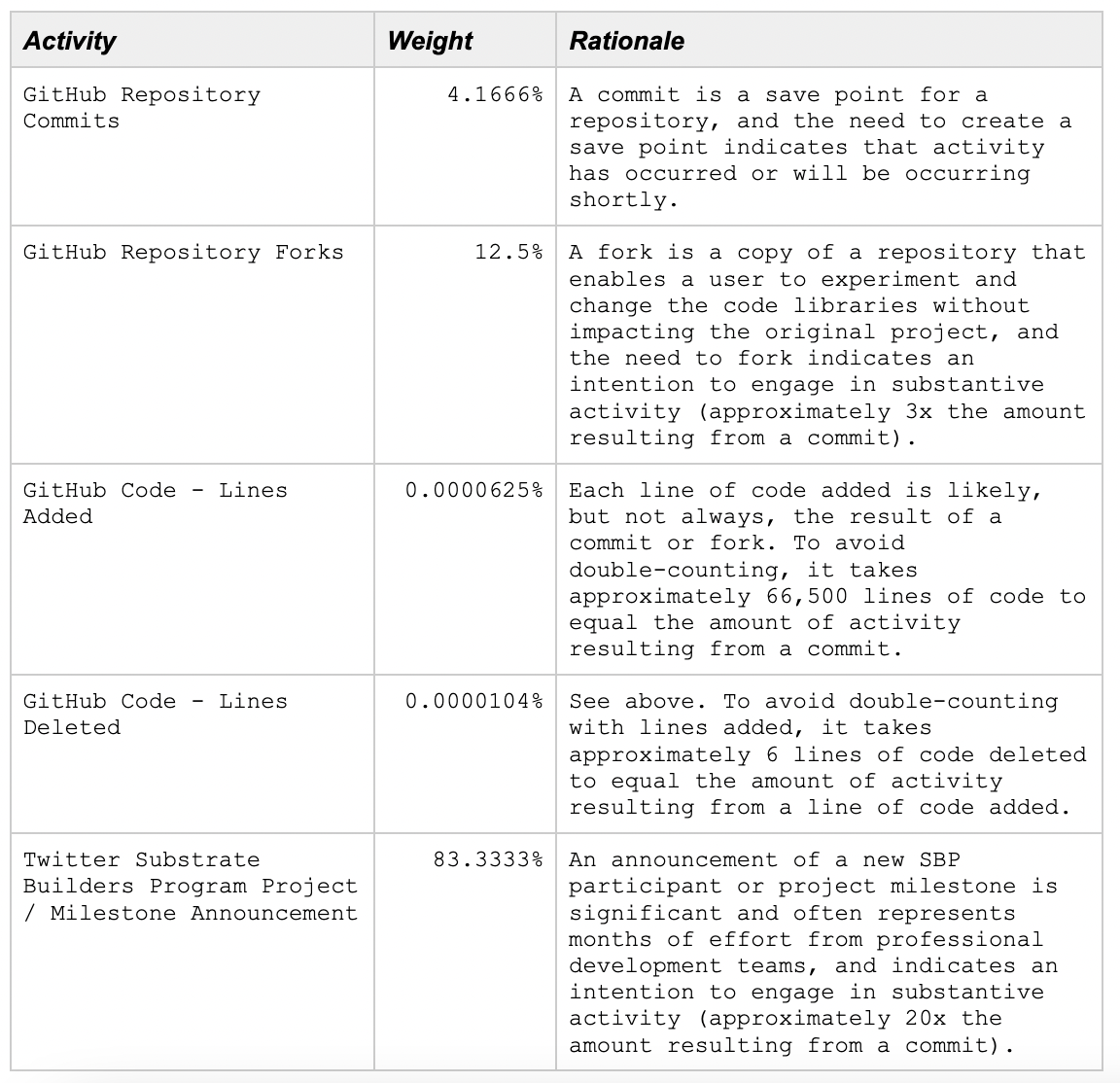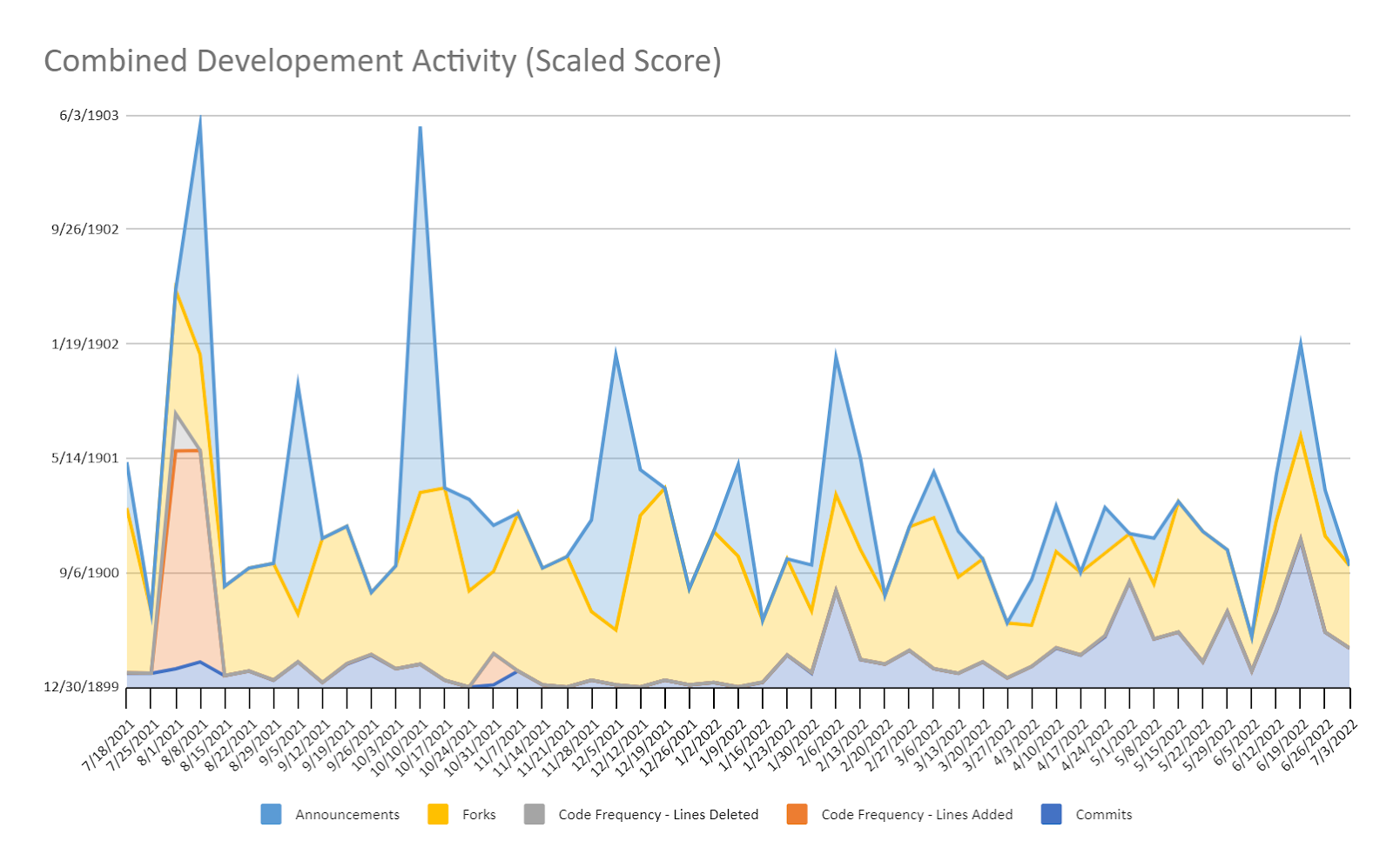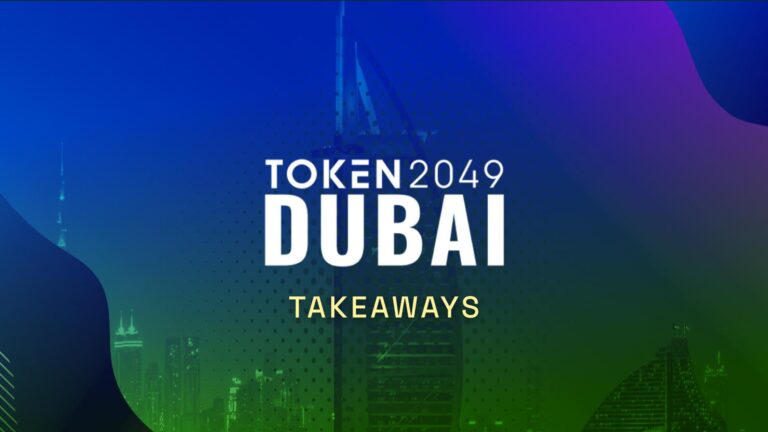What Is Substrate?
According to Mirriam-Webster, “substrate” is defined as “the base on which an organism lives.” It’s an apt name for Polkadot’s developer toolkit, as the Substrate SDK provides developers a flexible, modular framework to build projects that can operate as independent blockchains or leverage the interoperability of other Substrate blockchains, like Polkadot and Kusama.
Substrate has two main elements in its framework:
- an outer node, which handles many blockchain primitives, such as networking, managing transactions, determining consensus, storing data, responding to data requests, and
- A runtime, which manages protocol instructions and executes state transitions using WebAssembly or Rust.
This architecture enables forkless upgrade support, multi-platform compatibility, and real-time validity checking on both the outer node mechanisms and the runtime. In addition, a simplified version of a node, or “light client,” can be used, which strips out everything but the runtime and the state transitions and storage functions of the outer node. This utilizes far fewer system resources, enabling a connection with the runtime through a web browser or cell phone.
Substrate & Polkadot
Substrate is not part of Polkadot, but rather Polkadot is built on the Substrate SDK (as well as Kusama, Acala, and other blockchains in the ecosystem). Any blockchain built on Substrate can be easily integrated into Polkadot and become parachains or parathreads, if desired. However, Substrate and Polkadot are not interdependent. Nodes built on Substrate do not have to be connected to Polkadot in order to function.
Benefits of Building with Substrate
Substrate argues that it has advantages over other platforms due to its flexibility, openness, interoperability, and a resilience against future obsolescence:
- As a modular framework, it offers flexibility in that developers can utilize the built-in network, consensus, and governance components or build their own to suit.
- It’s open, in that the entire framework is open source and does not utilize any platform-specific languages or data architectures.
- It has built-in interoperability with both Substrate-based blockchains and other blockchains that adopt Cross-Consensus Messaging (XCM).
- It’s upgradeable and adaptable, as the runtime can be upgraded without the need to fork the network or reconfigure nodes.
Additionally, speed of deployment is a major advantage of Substrate. Developers who use the framework and quick-start guide can deploy a functional blockchain in roughly an hour. The developer kit is straightforward to learn, making as it uses widely-adopted programming andlanguages, and data transfer protocols.
Substrate Builders Program & Ecosystem
Since launch, over 150 professional development teams have started building on Substrate, creating DeFi, gaming, and NFT projects, among others. The Substrate Builders Program supports developers interested in building on Substrate by providing funding, partnership, and technical assistance. The program offers three tracks tailored to the type of project being undertaken:
- The chains track, including independent blockchains, parachains, and parathreads,
- The infrastructure track, including bridges, interfaces, tools, and smart contracts, and
- The application track, including DApps for DeFi, governance, identity, or any other purpose.
Development Activity on Substrate
Admittedly, there isn’t a perfect method of measuring the amount of development activity on a platform. While GitHub activity and Twitter announcements are readily visible to the general public, private development activity isn’t easily measurable. However, many research groups, including Electric Capital and Outlier Ventures, use GitHub repository activity as a reliable measure of public development activity among a platform’s developer community, especially to indicate trends and relative popularity.
To measure GitHub activity, the Substrate repository and its eight most frequently utilized related repositories (substrate-docs, rustdocs, awesome-substrate, substrate-node-template, substrate-parachain-template, substrate-front-end-template, frontier-node-template, and substrate-developer-hub) were analyzed to track associated commits, forks, and lines of code added or deleted. To measure private development activity, the Substrate Twitter account was analyzed, as it makes regular announcements when new admittees join the Substrate Builder’s Program, as well as when participants hit program milestones.
A scaled “development activity” score was produced by totaling the following activities each week over the past year and weighing them based on how much each activity is indicative of substantive development activity on Substrate:

This method of using a scaled score to measure development activity on a week-to-week basis was chosen to aid in comparing the relative popularity of different platforms, as the author plans to analyze other developer platforms in the near future. Over the past year, the development activity by week for Substrate was as follows:

Takeaways
A review of the instances for the above-referenced developer activities showed:
- GitHub commits steadily grew over the course of the year (specifically, 121 in Q3 and Q4 2021 combined, 133 in Q1 2022, and 325 in Q2 2022).
- GitHub code changes and repository forks stayed relatively consistent over the course of the year.
- Tweets about new Substrate Builders Program participants or project milestones became less frequent over the course of the year, though activity remains steady.
Overall, the data doesn’t indicate any clear upward or downward trends in total developer activity over the term. It demonstrates that Substrate has maintained steady and consistent activity over the past year, with no notable changes in activity rates observed after the economic downturn in Q1 2022. Given that Polkadot is one of the larger blockchain networks by market capitalization and institutional holdings, it’s likely that development activity on Substrate will continue steadily in the foreseeable future.
Substrate solves the problem of building implementations that can utilize the shared security of the relay chain to build whatever it is that they need, and tokens are used to support collators for this network.
This allows networks to deploy with the relay chain as supporting infrastructure, using validators like Figment to sign blocks on the relay chain, as well as Figment providing collator infrastructure on the parachains themselves. Substrate is the developer package that allows these things to be connected, and the success of development on the network can be attested to by the number of developers who have been committing to parachain network code over the past year.


